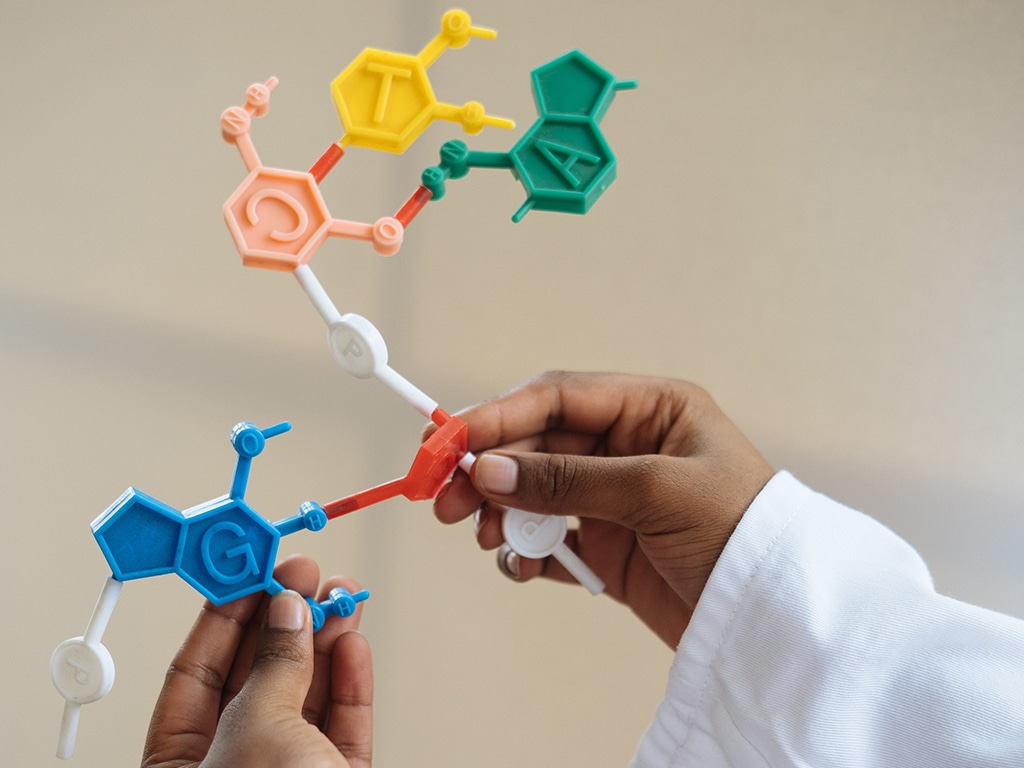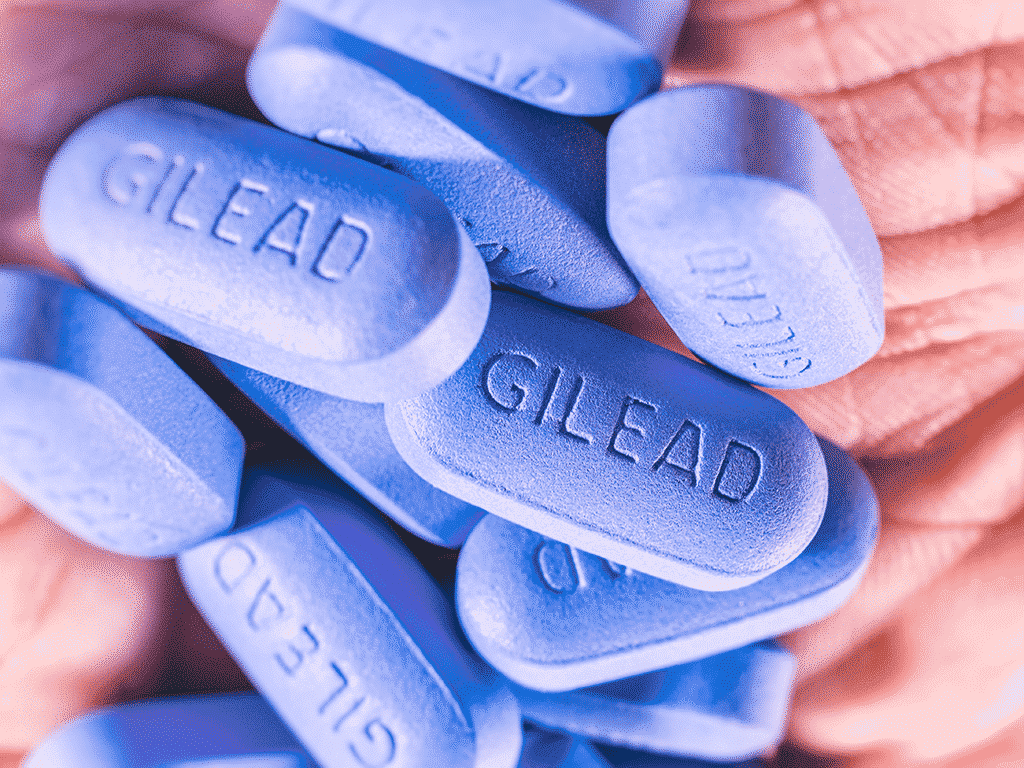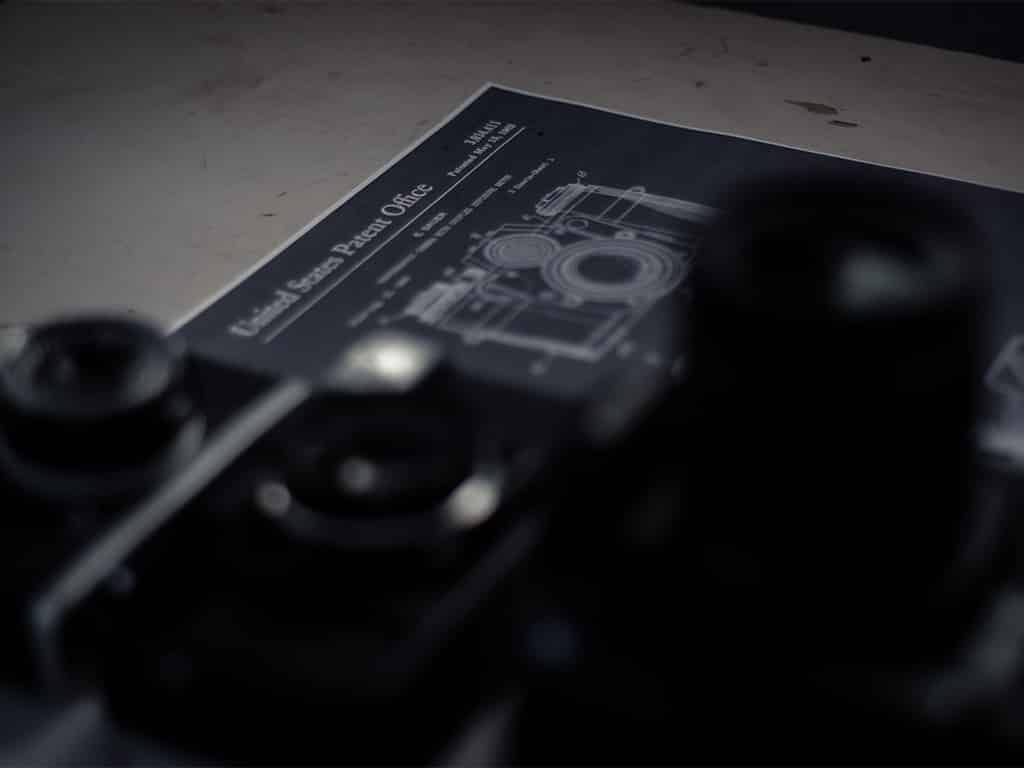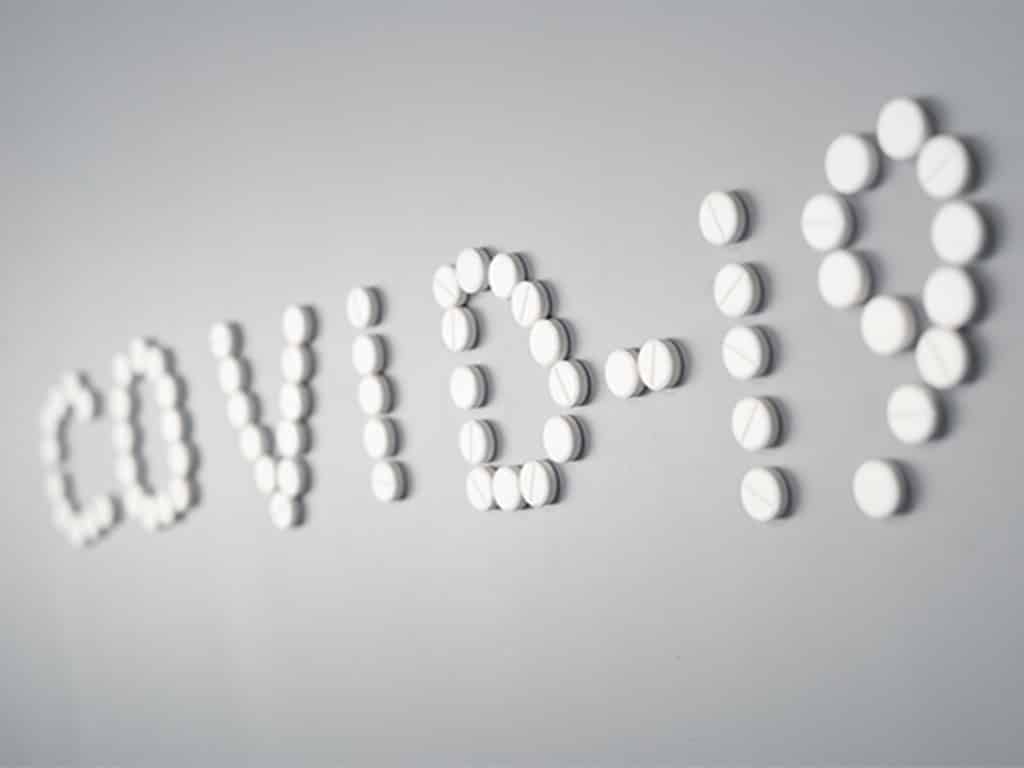Researchers from the University of Southampton and the Agency for Science, Technology and Research (A*STAR) had recently applied for a U.S. patent for their method that is able to predict the risk of and stratify sarcopenia and NAD deficiency, particularly on older adults at least 45 years of age and older. Apart from predicting the risks of developing the disease, the patent application also provides ways to predict the responsiveness of said adults to nutritional intervention against it, detailing some ways related to treating and preventing the disease on them.
Sarcopenia is known to be a multi-factorial syndrome characterized by age-related loss of muscle mass (muscle atrophy), muscle strength, and physical performance, with the loss of function often becoming debilitating enough to impact a person’s quality of life. It is common in both men and women over the age of 65 worldwide, and cutoffs are also used to stratify the elderly population for individuals in a state of pathological mobility. The disease has also been noted to predict future disability and mortality in the elderly, and it has been associated with a number of physical and metabolic outcomes, like frailty, disability, obesity, diabetes, and osteoporosis.

Building upon research on the subject over the past decade, the researchers have discovered that Anthranilic acid and Trigonelline levels in the body (or the ratio of Trigonelline to Anthranilic acid levels) are indicative of sarcopenia or at least an increased risk of developing the disease in older adults. They suggest that Anthranilic acid levels higher than a reference value and Trigonelline levels lower than its respective reference value are both indicators of the disease or an increased risk of developing it.
Their method therefore measures both of these levels, in particular, on serum, plasma, or urine samples from older adult subjects using liquid chromatography followed by mass spectrometry (LC-MS/MS) and determines the associated risks based on their computed ratio in comparison to a reference value from selected control subjects.
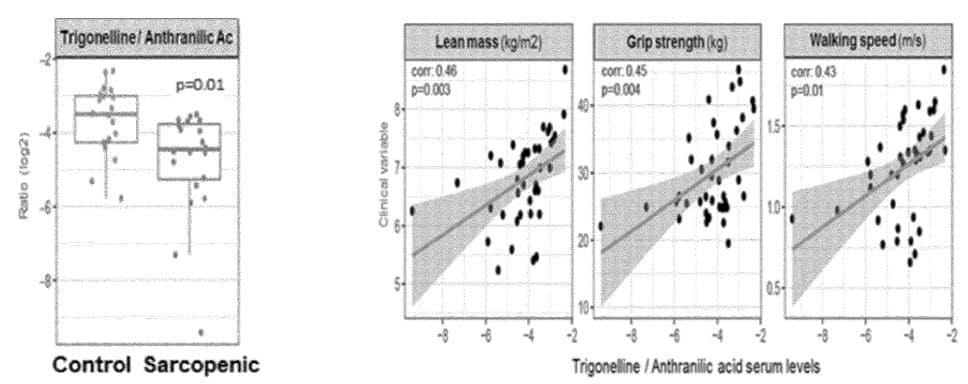
Apart from determining the associated risks, their invention also uses the measured Trigonelline and Anthranilic acid levels to predict the subjects’ responsiveness to nutritional intervention, particularly with a nutritional composition comprising vitamins and minerals (e.g. Vitamin B3), an NAD precursor (e.g. nicotinamide riboside), Trigonelline, select amino acids and their metabolites, and various coffee extracts. The nutritional composition may then be given in the form of a “nutraceutical” and may also provide other health and medical benefits to the subjects that may aid in preventing or treating the disease in them.
Although studies on treating the disease is not new, research on predicting the risks of developing it appears to be fairly more recent. More and more research are only coming in over the past decade, with efforts on developing more accurate and reliable ways to predict it growing alongside research on treating and preventing the disease in older subjects. Developments in the field are bound to continue over the coming years, and with institutions currently seeking to patent their innovations on the subject, it does provide some degree of confidence that these methods may soon see greater adoption in the healthcare industry.
Note: The application for the patent, “Methods to Predict Risk of and to Stratify Sarcopenia and NAD Deficiency”, published as U.S. Patent Application 2021/0072258 was filed on January 14, 2019 to the U.S. Patent Trademark Office with application number 16/962357. The inventors of the pending patent are Jerome Feige, Keith Malcolm Godfrey, Neerja Karnani, and Eugenia Migliavacca. The patent application is assigned to both the University of Southampton from Southampton, England and the Agency for Science, Technology and Research in Singapore.
